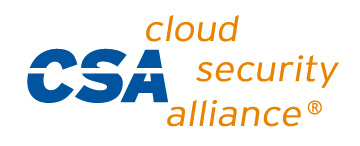
CFO Cutting Talent Acquisition Budget? Here's What You Can Do
According to Bersin by Deloitte, Talent Acquisition is one of the most strategic parts of any business. Yet I speak with TA leaders every day and am constantly shocked by the budget challenges they face internally. Last week I spoke with five different TA leaders, all of whom were being asked to make cuts to their budget for the remainder of the year – keep in mind the year has just started for all of these companies. If the acquisition of talent is one of the top five things that keeps CEOs awake at night, why take money out of the Talent Acquisition budget? Finance is looking at sales – forecasting revenue for the year, and right now there is a degree of economic uncertainty. So, if you’re worried about revenue, you hedge that by cutting expenses. Last cuts go to profit centers, first cuts go to cost centers like Human Resources. The CHRO has competing factions all clamoring for budget, and some tough decisions to make. Typically, Talent Acquisition and Learning & Development have the biggest “swing” budgets – that is money ear marked for TA events or training sessions. So, the CHRO pulls dollars out of those budgets. The challenge is that when TA’s budget is cut, hiring slows. Time-to-fill increases, and hiring managers get antsy. They take money out of their budgets to pay agencies to find them the talent they need. But this doesn’t make any sense. Agencies fees are costly, however, they are often “hidden” in the GL with no reported line item. CHROs need to think about how to preserve TA’s budget and expand it. If TA is truly one of the most strategic parts of the business, then they need to be equipped with the tools and talent required to support the talent needs of the business. Instead of accepting understaffing, and underfunding, TA leaders need to create business cases to show the relationship between time-to-fill and the number of requisitions carried per recruiter. An even better case can be made when you add in the cost of vacancy in terms of profit. A classic example is the case of a quota carrying sales vacancy. If that sales position carries a $1.2 million quota, the math is simple – each month the role sits vacant, the business loses at least $100 thousand. In fact, the loss is even greater when you factor in time-to-productivity. It will take months for the sales person to become productive once they’re hired and start making their quota. Not to mention the losses to competitors by having a territory sit empty while the position is being filled. Who’s calling your customers? Most likely your competitors. The second problem is the CFO and the vacancy rate. CFOs place a bet that positions will go unfilled and expect a certain percentage of savings based on unfilled headcount throughout the year. While the business and TA may want a 30-day time-to-fill, CFOs may be counting on a 60-day time-to-fill. The salary dollars that are saved when you have a vacancy on your team typically role up to the CFOs vacancy rate and are counted positively as savings. So, what can you do as a TA Leader? Here are a few simple things: Have you run into this problem?Problem Number One

Problem Number Two
A Few Solutions
Nancy is the VP of International Customer Success at Phenom People.
Get the latest talent experience insights delivered to your inbox.
Sign up to the Phenom email list for weekly updates!









